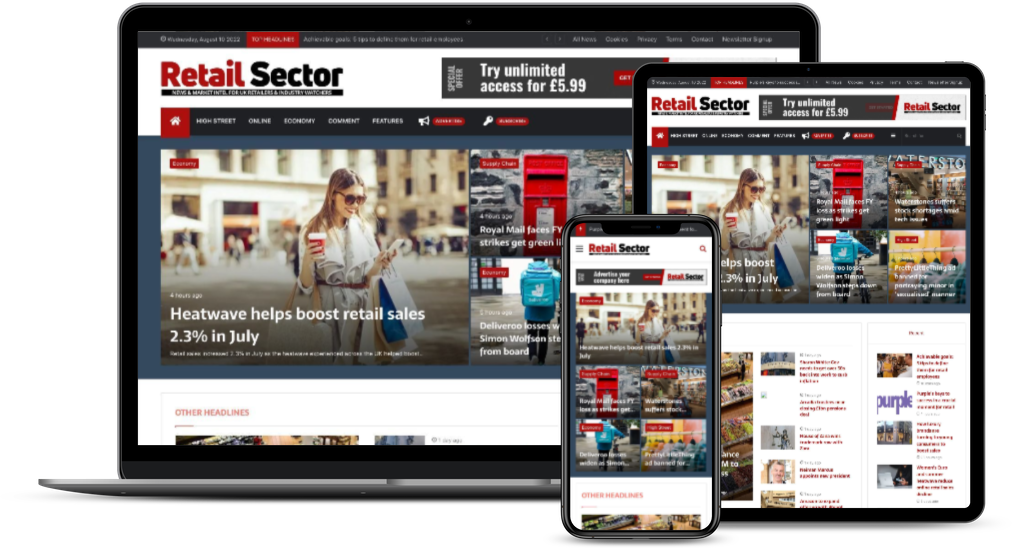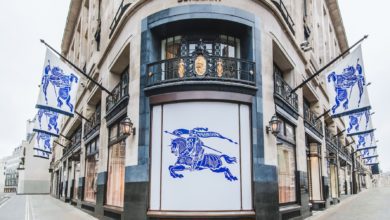Why retailers are losing the fight against online counterfeiting

What do premier watches, designer handbags and prescription pharmaceuticals all have in common? These are just a few items being sold on the Internet, as counterfeits of actual brand names, for enormous profits. In fact, according to the International Trademark Association, $460bn (£323.11bn) of counterfeit goods were bought and sold last year, mostly online.




